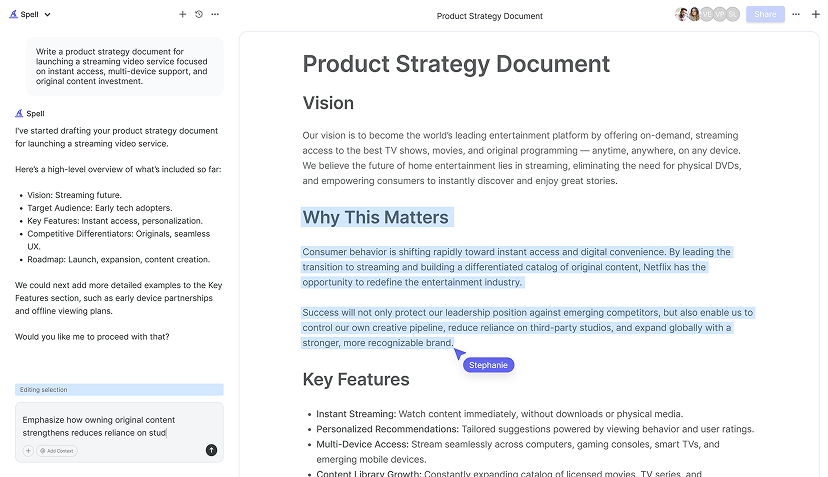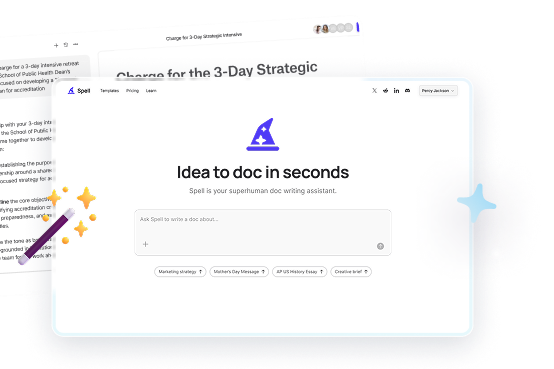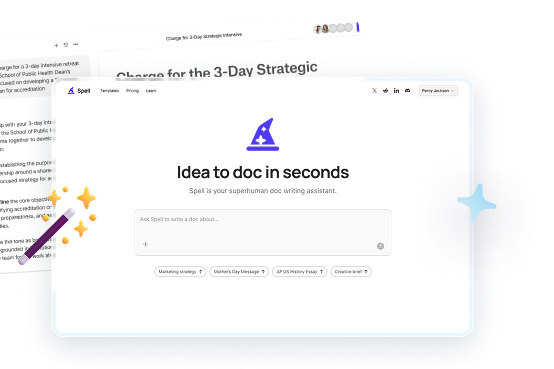Writing a 10-paragraph essay might sound like a daunting task, but once you break it down, it becomes much more manageable. Whether you're a student tackling an assignment or someone preparing for a big presentation, understanding how to structure your thoughts clearly and effectively is key. In this guide, I'll walk you through how to craft a compelling 10-paragraph essay, covering everything from the introduction to the conclusion. Let's get those creative juices flowing!
Getting Started: Choosing Your Topic
Your essay journey begins with choosing a topic. Ideally, this should be something that piques your interest and has enough material to explore in 10 paragraphs. This length gives you the space to delve into details, so opt for a topic with depth. If you're stuck, try brainstorming different ideas or listing topics you feel passionate about. This can help spark inspiration or uncover a unique angle for your essay.
Once you have a few ideas, narrow them down by considering the scope of each topic. Ask yourself: Can this topic sustain a 10-paragraph discussion? Will it keep my audience engaged? If the answer to both is yes, you're on the right track.
Structuring Your Essay: The Basic Framework
Let's break down the basic framework of your essay. A 10-paragraph essay typically follows this structure:
- Introduction (1 paragraph): Introduce your topic and state your thesis.
- Main Body (8 paragraphs): Each paragraph should focus on a single point that supports your thesis.
- Conclusion (1 paragraph): Summarize your main points and restate the thesis in light of the evidence you've presented.
This structure isn't set in stone. Depending on your topic, you might find some sections require more paragraphs than others. The key is ensuring each paragraph contributes to your overall argument.
Crafting a Strong Introduction
Your introduction is your first chance to grab the reader's attention, so make it count. Start with a hook-an interesting fact, a quote, or a provocative question related to your topic. Then, provide some background information to give context to your argument. Finally, present your thesis statement, a concise summary of the main point you'll be making in your essay.
"Did you know that over 1 million plastic bottles are purchased every minute worldwide? This staggering statistic highlights the urgent need for sustainable solutions. In this essay, I will explore how individual actions can significantly reduce plastic waste, focusing on three practical strategies everyone can adopt."
See how the hook, background, and thesis work together? This approach not only engages your reader but also sets the stage for your argument.

Developing Body Paragraphs: Presenting Your Argument
The body of your essay is where you develop your main argument. Each paragraph should focus on a single point that supports your thesis. Start each paragraph with a topic sentence that states the main idea, followed by evidence and examples to back it up. Use transitions to maintain a smooth flow between paragraphs, helping your reader understand how your points connect to one another.
"One effective way to reduce plastic waste is by using reusable water bottles. Studies show that switching to a reusable bottle can save an average of 167 plastic bottles per person each year. By making this simple change, individuals can drastically cut down on their environmental footprint."
Notice how the topic sentence sets the stage, and the evidence follows to support the claim? This structure keeps your argument clear and convincing.
Incorporating Evidence: Making Your Case
When it comes to persuading your reader, evidence is your best friend. This might include statistics, quotes from experts, or real-life examples. Make sure your evidence is relevant and comes from credible sources. This adds weight to your argument and shows you've done your homework.
Be sure to explain how your evidence supports your point. Don't just throw in a statistic and move on; take a moment to analyze it. Why does it matter? How does it bolster your argument? This analysis will make your essay more persuasive and engaging.
Handling Counterarguments: Strengthening Your Position
An effective essay doesn't shy away from opposing views. Instead, it addresses them head-on. By acknowledging and refuting counterarguments, you demonstrate a thorough understanding of the topic and strengthen your position.
"Some might argue that switching to reusable bottles is inconvenient. However, the long-term benefits, such as cost savings and environmental impact, far outweigh the initial adjustment period. In fact, many find that the convenience of always having a bottle on hand is a major plus."
Don't be afraid to engage with differing opinions. It shows that you've considered multiple perspectives and have a well-rounded view of the topic.

Writing a Compelling Conclusion
Your conclusion is your chance to leave a lasting impression. Summarize your main points and restate your thesis, but don't simply repeat what you've already said. Instead, synthesize your argument, showing how your evidence and analysis come together to support your thesis. You might also suggest further areas for research or action to keep your reader thinking beyond your essay.
"In summary, individual actions such as using reusable water bottles can significantly reduce plastic waste. By making small changes, we can collectively make a big difference. As we continue to explore sustainable solutions, embracing these practices will be crucial to protecting our planet for future generations."
A strong conclusion wraps up your essay neatly, reinforcing your argument and encouraging further reflection.
Editing Your Essay: The Final Touches
Once you've drafted your essay, take the time to revise and edit it. Look for clarity, coherence, and consistency. Check for grammar and spelling errors, and make sure each paragraph transitions smoothly to the next. Reading your essay aloud can help you catch awkward phrasing or areas that need clarification.
This is also a great time to get feedback from a friend, classmate, or teacher. A fresh pair of eyes can spot issues you might have missed and offer valuable insights.


Using AI Tools to Enhance Your Writing
Technology can be a great ally in the writing process. Tools like Spell can assist with generating drafts, refining your language, and even suggesting improvements. Imagine having an AI-powered editor at your side, helping you craft a polished essay in a fraction of the time.
With Spell, you can go from a blank page to a well-structured essay swiftly. It's all about making the writing process smoother and more efficient, allowing you to focus on developing your ideas.
Real-Life Application: When to Use a 10-Paragraph Essay
Understanding when to use a 10-paragraph essay can be just as important as knowing how to write one. This format is particularly useful for topics that need thorough exploration and detailed argumentation. Academic assignments, persuasive essays, or informative pieces often benefit from this structure.
Whether you're a student or a professional, mastering this format can enhance your writing skills and make you more adaptable to different writing tasks. It provides a framework that's flexible enough to fit a variety of subjects and purposes.
So, next time you're faced with a writing task, consider whether this structure might work for you. It's a versatile tool to have in your writing arsenal.
Final Thoughts
Writing a 10-paragraph essay doesn't have to be overwhelming. By breaking it down into manageable parts and focusing on clear, structured arguments, you can craft an effective and engaging piece. And with tools like Spell, you can streamline the process, turning what might take hours into a task you can complete with ease. Happy writing!






